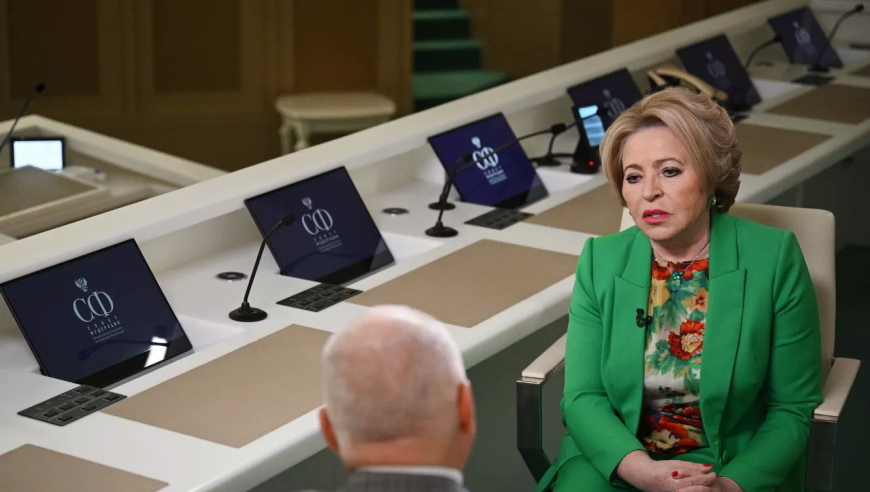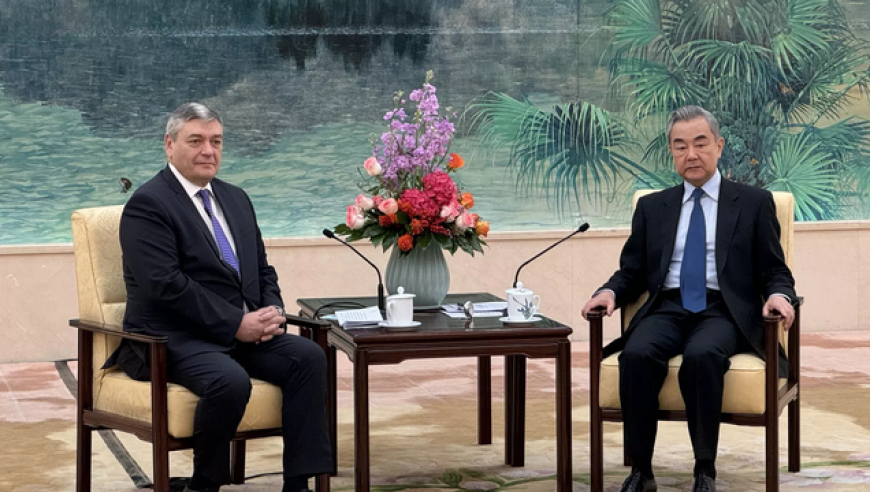
事件起因是七国集团(G7)峰会的召开,其关注点在于通过借用俄罗斯被冻结资产的方式为乌克兰提供贷款。同时,西方国家在处理俄乌冲突和巴以冲突等问题上表现力不从心。然而,这一提议也引发了争议,因为西方国家可能因此失去部分影响力。此外,七国集团在处理这些问题时也可能面临许多不确定性和分歧。
Title: The Controversial Proposal of the G7 Summit: A Look at its Causes and Potential Implications
Introduction:
The G7 summit, held recently in Italy, was met with considerable anticipation due to its potential to bring together leaders from seven major economies – the United States, Germany, France, Canada, Japan, the United Kingdom, and Russia – to address pressing global issues such as climate change, cybersecurity, and global health. However, this proposal sparked significant controversy due to concerns over Western countries losing influence in international affairs and the difficulties they face when dealing with various regional conflicts. In this article, we will explore the origins of the proposal, its potential consequences, and evaluate its contentious nature.
Causes of the Proposal:
The proposed approach of using Russia's frozen assets to provide loans to Ukraine was born out of several reasons. Firstly, Western countries' inability to effectively address Ukraine's economic challenges had been evident for years. The country's poor infrastructure, inefficient industries, and an overreliance on energy imports were among the issues that Western governments felt needed immediate attention. Furthermore, as Ukraine has been criticized for human rights abuses, political instability, and corruption, Western nations believed that providing direct financial assistance could help stabilize the situation.
Secondly, the conflict between Russia and Ukraine, known as the Russian-Ukrainian War, has escalated rapidly, leaving millions of people affected and causing immense suffering. The ongoing crisis in Eastern Europe has drawn the attention of Western countries, who fear it may lead to a larger conflict or even another world war. This perception put pressure on Western leaders to act quickly to prevent any further escalation.
Thirdly, the COVID-19 pandemic has added to the challenges faced by the West in terms of resources and aid distribution. As more countries closed their borders or imposed travel restrictions, Western countries found themselves having to rely on external aid to maintain their healthcare systems and ensure food security.
Potential Consequences:
The proposed plan also posed several potential consequences. For one, it would potentially strain Western relations with Russia, which has historically been wary of western aid. This could lead to a loss of influence and cooperation between the two countries. Additionally, it could further exacerbate the conflict in Eastern Europe, as Russia may view this loan offer as a threat to its territorial integrity.
Moreover, Western countries may lose some of their influence in international affairs if they are unable to effectively address the urgent issues facing Ukraine. They may be seen as prioritizing their own interests over the needs of other nations, leading to a lack of commitment to global governance.
Additionally, there are concerns that Western governments may not have enough resources available to implement the proposed loan program, given the ongoing pandemic and economic uncertainties caused by the COVID-19 pandemic.
Finally, there is the possibility that the proposed loan program could serve as a negotiating tool between Russia and Ukraine, further complicating diplomatic relations between the two countries.
Controversial Nature:
While the proposal holds promise for addressing pressing global issues, it also faces numerous challenges and controversies. The proposal's reliance on Russia's冻资产 is controversial, as it undermines the sovereignty of the recipient nation. Furthermore, Western countries are already under pressure due to the ongoing pandemic and economic challenges, making it difficult for them to provide adequate aid.
The proposal's potential impact on regional stability, including the risk of increased conflict and potential alignment of the parties involved, is also highly debated. Some experts argue that the proposal may prove effective in stabilizing Ukraine, while others believe that it could create tensions between Russia and Western countries.
Conclusion:
In conclusion, the proposed solution of using Russia's冻资产 to provide loans to Ukraine is a complex and controversial issue that raises several questions about the effectiveness of the proposed approach. While it offers a possible solution to the immediate challenges facing Ukraine, it also poses risks to Western relations, regional stability, and the potential alignment of the parties involved. Ultimately, the decision to implement the proposed loan program will depend on a range of factors, including the perspectives of all stakeholders involved and the ability of Western leaders to navigate these challenges effectively.

















